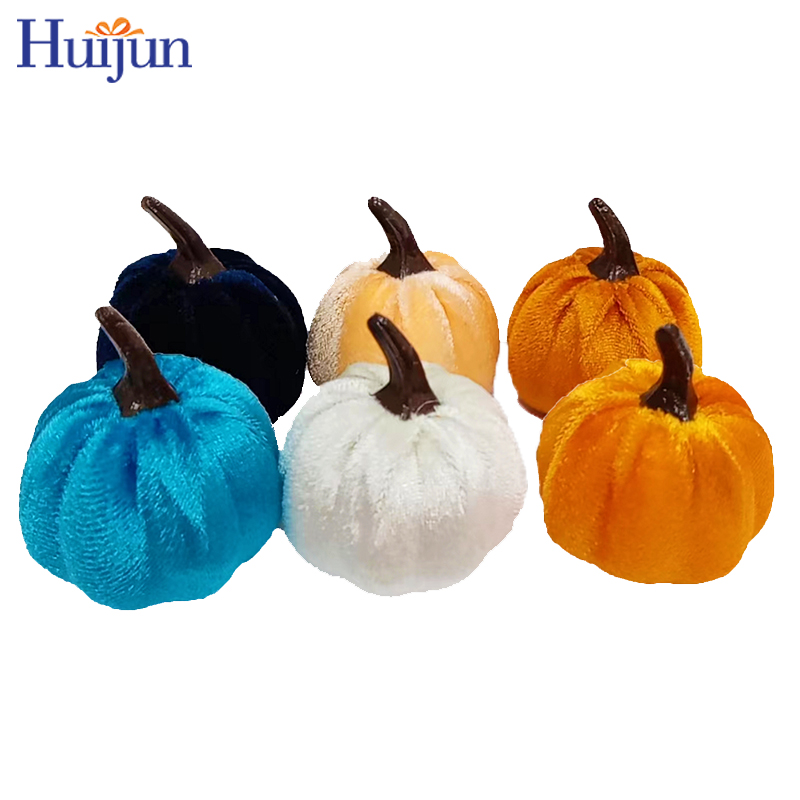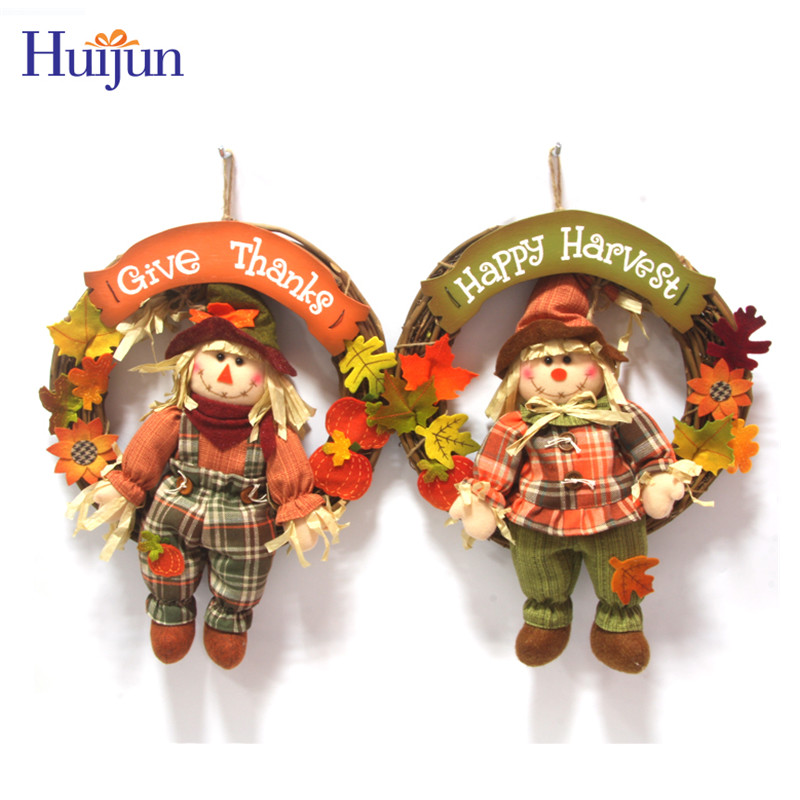As the leaves change color and the air becomes crisp, the world enters a season of gratitude, reflection, and celebration. From Thanksgiving in the United States to the autumnal equinox celebrated in different cultures, the harvest season is filled with rich traditions, many of which are beautifully interpreted through fabric decorations. In this blog, we will explore how different cultures decorate their homes and communities with harvest-themed fabric decorations, and highlight the significance of these customs and the stories they tell.
The significance of celebrating the harvest
Harvest celebrations are deeply rooted in human history and reflect our connection to the land and natural cycles. These festivals often symbolize gratitude for the gifts of the earth and the hard work of farmers and communities. As we transition from the hot summer months to the cooler fall months, many cultures take the opportunity to celebrate the fruits of their labor.
In the United States, Thanksgiving is perhaps the most famous harvest celebration. It is a time for families to gather, share food, and express gratitude for the blessings of the past year. The holiday is often associated with traditional foods such as turkey, stuffing, and pumpkin pie, but people also decorate their homes to reflect the festive spirit.
 Thanksgiving Fabric Decoration
Thanksgiving Fabric Decoration
Fabric decorations play an important role in creating a warm and welcoming Thanksgiving atmosphere in American homes. Tablecloths, napkins and placemats often feature fall colors and patterns such as pumpkins, leaves and turkeys to set the mood for the holiday feast. Many families also use handmade fabric decorations such as quilts and wall hangings that have been passed down from generation to generation to add a personalized touch to their celebrations.
A popular trend in Thanksgiving decor is the use of burlap, which evokes a rustic farmhouse aesthetic. Burlap table runners, banners, and even wreaths decorated with seasonal elements such as pine cones and dried corn create a warm atmosphere that echoes the harvest theme. In addition, fabric pumpkins of various sizes and patterns have become a must-have for Thanksgiving decorations, often used as centerpieces on the table or scattered around the home.
Autumnal Equinox: A Global Perspective
While Thanksgiving is a uniquely American holiday, the autumnal equinox is celebrated in various forms around the world. This astronomical event occurs around September 22 or 23 and marks the time when the length of day and night are roughly equal. Many cultures view the equinox as a time of balance and reflection, and it is often associated with harvest festivals.
In Japan, the autumnal equinox is celebrated as “Autumn Equinox Day.” Families honor their ancestors by worshipping them and offering seasonal foods such as rice and fruit. During the autumnal equinox, people often decorate with fabrics such as kimonos and tablecloths with autumn motifs to reflect the beauty of the changing seasons. Using natural dyes and traditional weaving techniques, these fabrics showcase the art and craft of Japanese culture.
In Mexico, the autumnal equinox coincides with Independence Day and the Day of the Dead, during which families build altars with brightly colored fabric decorations (including perforated paper) and colorful table runners. These decorations not only celebrate the harvest but also remember the loved ones who have passed away, forming a rich painting of remembrance and gratitude.
 Harvest Festivals in Europe
Harvest Festivals in Europe
In Europe, each country has its own unique harvest festival that incorporates fabric decoration. In Germany, people celebrate Erntedankfest in October, when people of all ethnic groups come together to give thanks for the harvest. Traditional fabric decorations include embroidered tablecloths, wreaths woven from wheat and flowers, and colorful flags that decorate churches and town squares. These decorations often feature symbols of abundance, such as cornucopias and sheaves of wheat, reflecting the region’s agricultural traditions.
In the UK, churches and schools celebrate the harvest season with ‘harvest festivals’, during which fabric decorations such as altar cloths and banners are often decorated with seasonal fruits and vegetables. Many communities also organize harvest dinners, where participants bring their own dishes made from local ingredients, further emphasizing the importance of community and sustainability.
The role of fabric in cultural identity
Fabric decoration not only beautifies a space, but also reflects cultural identity and heritage. The patterns, colors and materials used in fabric decoration often tell a story about a community’s history, values and connection to the land. For example, in many Aboriginal cultures, fabrics are used to create ceremonial clothing and decorations to show respect for the earth and its resources.
In the United States, the tradition of patchwork is deeply rooted in both African American and Native American cultures. Patchwork often features intricate patterns and motifs that tell stories of family, community, and resilience. These pieces are displayed during harvest celebrations as a way to honor the past and celebrate the present.
Sustainable practices in fabric decoration
As the world becomes more aware of environmental issues, many cultures are beginning to incorporate sustainable practices into their textile decoration. This includes using organic materials, natural dyes, and upcycled fabrics to create decorative items that are both beautiful and environmentally friendly. In recent years, there has been a resurgence of interest in traditional crafts, with artisans promoting sustainable development while preserving cultural heritage.
Post time: May-10-2025





